Almus
Almus is a district of Tokat province in the Black Sea Region, 34 km away from the city center. It is surrounded by Reşadiye district and Hafik district of Sivas province in the east, Tokat province in the west, Niksar district in the north, and Sivas province in the south. While it was initially a village and a township, it became a sub-district center in the administrative division, and became a district on March 1, 1954. According to the population results of 2020, its population is 23,825 people. Almus district is famous for its walnut-sized sour cherries. Until recently, the "Almus sour cherry festival", which has a history of approximately 30 years, was held (the first festival started with the instructions of the district governor of the period, Duran Duman). This festival, which has an important place in the socioeconomic life and promotion of the district, has not been held for the last few years. During the reign of Sultan Mehmet the Conqueror, it is seen that the existing seraskerships in some parts of the Greek province were dispersed. Although Amasya is considered an independent seraskerlik region, according to 1972 records, there is a single seraskerlik together with Tokat-Yıldız-Tozanlı and a separate seraskerlik in Gavurni-Kafirni (currently Almus). While the 15th century castles in the Province of Rum are mentioned, there is a castle record in the Tozanlı township. It is most likely that this is the place called Akıncı Castle, located on the plateau of Akarçay (Meğrelli) town. According to the above records, it is possible to trace the existence of the region where Almus is located, that is, Tozanlı, to before 1453, but there is no detailed information about the periods before that. Today, within the borders of the district, it is possible to come across ruins that shed light on ancient history, earthen grave sarcophagi and shards of jars. Accordingly, it can be said that Almus and its surroundings were a residential area during the Byzantine and Roman Empire periods before that. The presence of ruins here confirms that the settlement areas were mostly scattered around streams or on hills. A significant part of the settlements in the district preserved their names from the Roman and Byzantine periods until the 1960s, but after this date, all settlements were given Turkish names. Old village names of Greek origin such as Ceget, Daduhta, Eftelid, Ekseri, Elpid, Filtise, Firedökse, Gibis, Leveke, Mamu, Meğelli, Muhad, Sideri, Tiyeri, Tomara, Varzil, Zora, Zuğri (Zevğari) are still used among the people. The region name Almus is generally written as Amlus in Ottoman records. The source and meaning of this name is unknown. The town of Almus, the current district center, is referred to as Gavurini or Kâfirini in old records. Fuat Köprülü's suggestion to derive the name Almus from Almış Khan, the rulers of the Bulgarian (itil) Turks, was not taken seriously in scientific circles. Ramazan Durmaz's suggestion to connect the name Eftelit (Greek Eftalithos, meaning "seven stones") to the Eftalit (Akhun) tribe that ruled in today's Afghanistan in the Antiquity is also speculative. When the Ogurs mixed with the Huns, they took the name "Bulgar", which means "mixed" (Bulgamesh). An old man from the Varsaks, one of the tribes of the ancient Turkish Bulgarians, told us that they were "mixed with the Abdals". At this point, we can combine the name Eftelit and Almus / Almuş as follows: Almuş Khan, the khan of the Volga Bulgarians, was a ruler who accepted Islam. From there, it is clearly seen that some Volga Bulgari tribes came here (to Anatolia). (Footnote: Almış Khan is the first Turkish ruler to accept Islam in 921) In Tokat province, with its old names; Names such as Almus (Itil Bulgarians/Almış Khan), Kınık (one of the 24 Oghuz tribes), Avara, Yukarı Avara (Avar Turks), Eftelit (Eftalit/Akhun Turks), Çokabdal, Abdaldamı, Tomara (Tamara from the Cuman princes) and Kumuz (Kumuz). The presence of settlements that are very likely to be attributed to the Ancient Turkish History is etymological data showing that Turkish tribes such as Bulgarian, Avar, Oghuz, Kuman and Akhun settled in the Tokat Basin in periods much earlier than Manzikert. It can be said that with the deepening historical and etymological research on this subject in Tokat, the beginning of the Turkish presence in Anatolia will be taken back to the years before the Manzikert Victory, and it will be scientifically proven that one of the first centers of this existence in Anatolia was the Tokat Plateau.



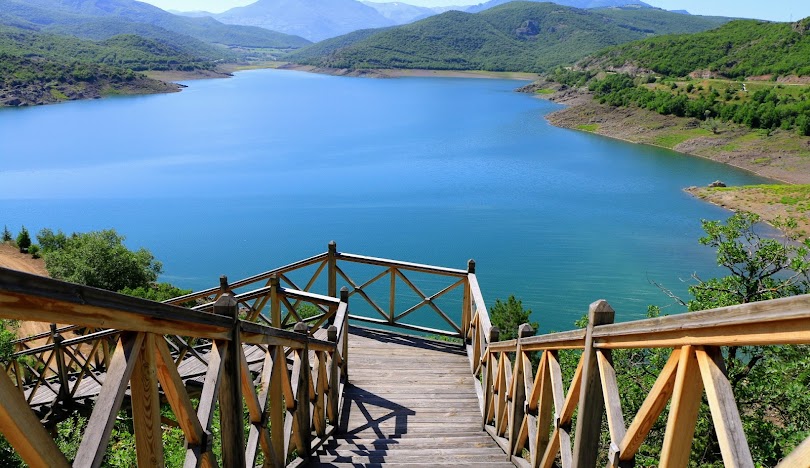
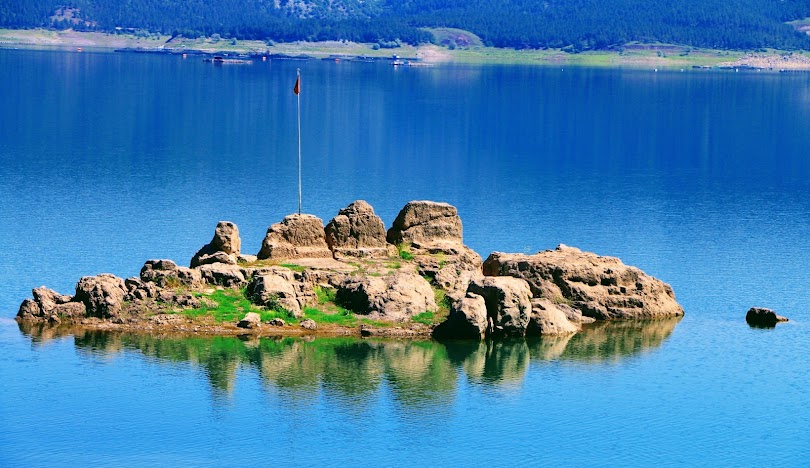
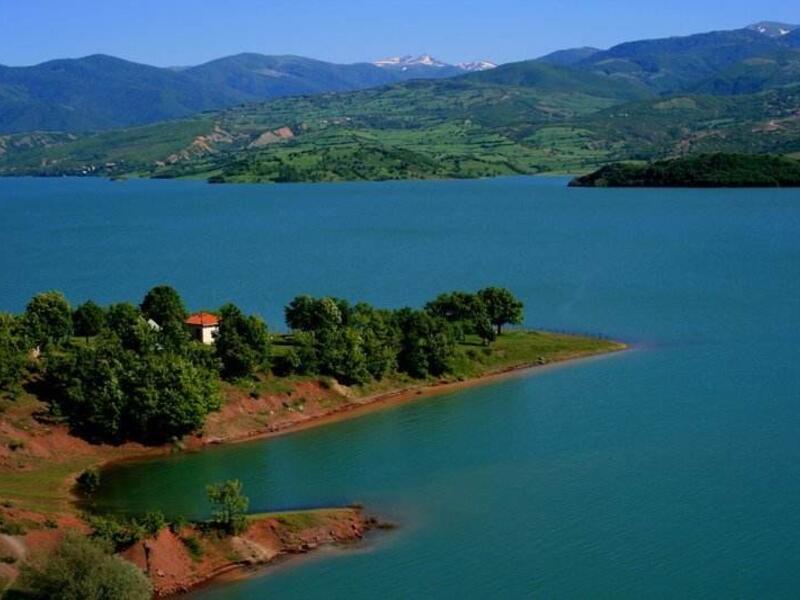
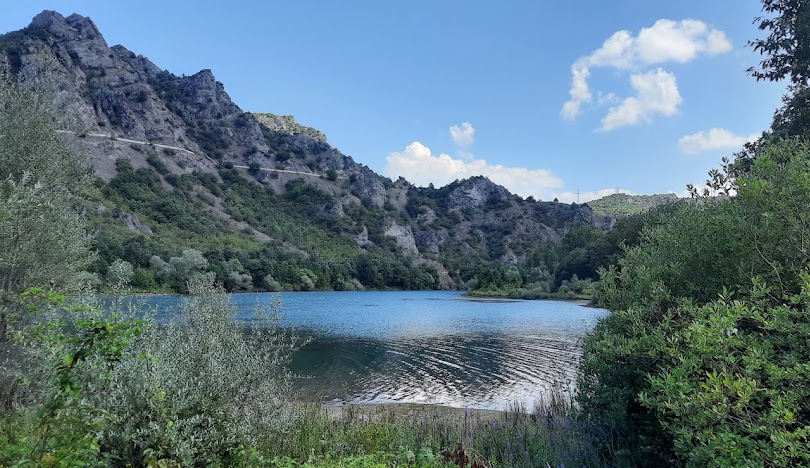
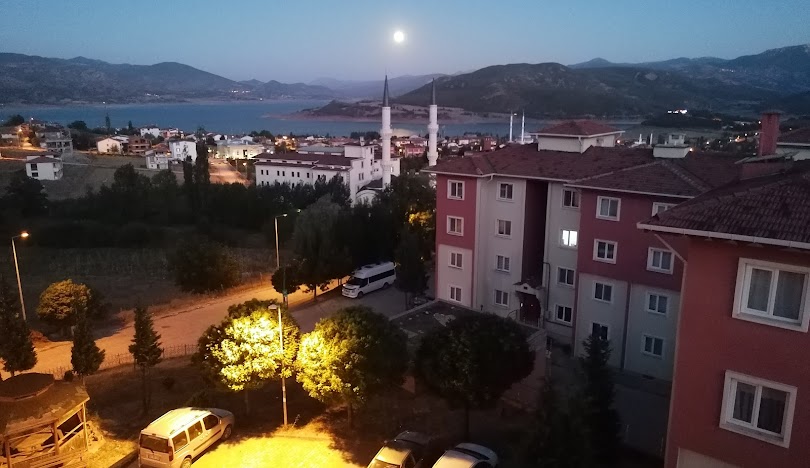
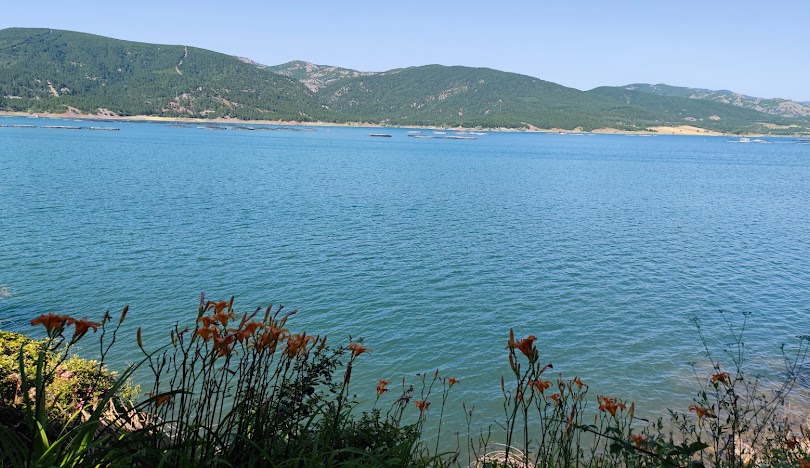
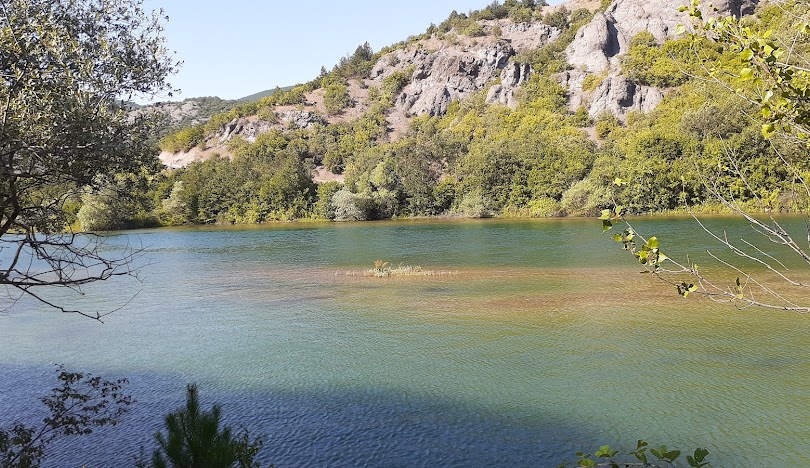
Leave Your Comments